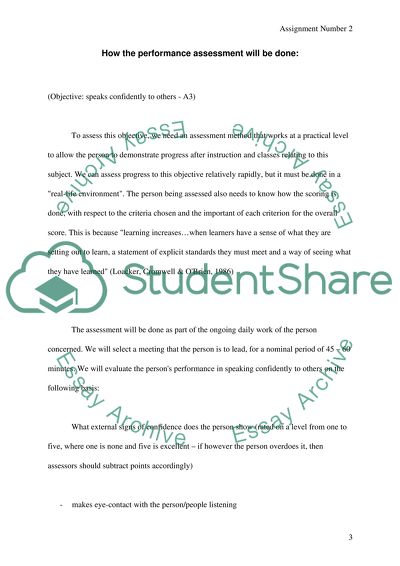Cite this document
(Designing Quality Assessments Assignment Example | Topics and Well Written Essays - 2500 words, n.d.)
Designing Quality Assessments Assignment Example | Topics and Well Written Essays - 2500 words. Retrieved from https://studentshare.org/education/1500372-evaluating-assessment
Designing Quality Assessments Assignment Example | Topics and Well Written Essays - 2500 words. Retrieved from https://studentshare.org/education/1500372-evaluating-assessment
(Designing Quality Assessments Assignment Example | Topics and Well Written Essays - 2500 Words)
Designing Quality Assessments Assignment Example | Topics and Well Written Essays - 2500 Words. https://studentshare.org/education/1500372-evaluating-assessment.
Designing Quality Assessments Assignment Example | Topics and Well Written Essays - 2500 Words. https://studentshare.org/education/1500372-evaluating-assessment.
“Designing Quality Assessments Assignment Example | Topics and Well Written Essays - 2500 Words”, n.d. https://studentshare.org/education/1500372-evaluating-assessment.


